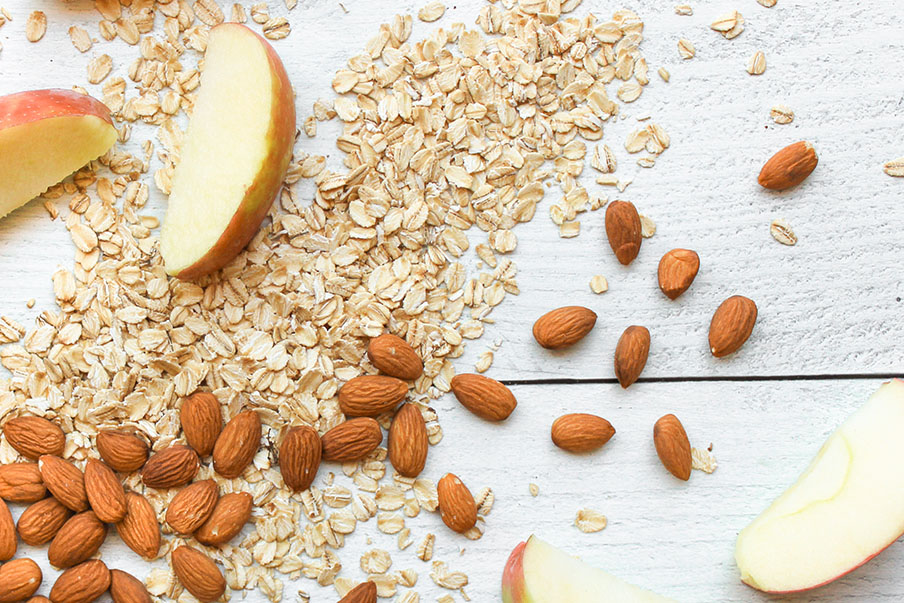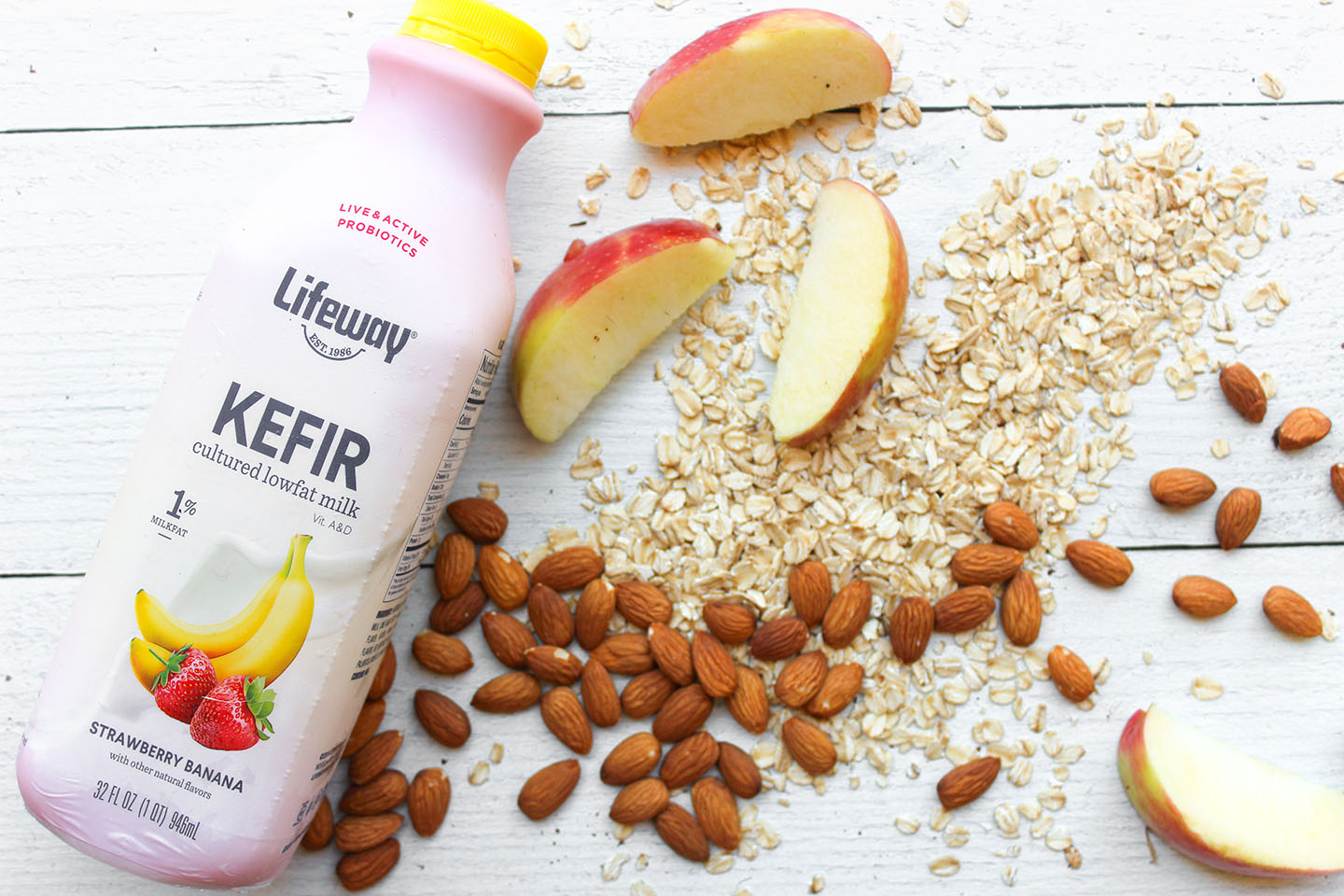
Freaky Friday: Gut Bugs are the Best Bugs!
Really when it comes down to it, it’s all about eating a diverse range of foods. It’s that simple! This not only allows us to build a better gut microbiome but an overall better relationship with food and how it fuels the body. let’s not overcomplicate it!
We’ve narrowed it down to our top 5 tips to help cultivate more good gut bugs. Read on!

Eat lot of plants
The more the better! The more color and variety you can put into your eating habits can lend itself to different micronutrient profiles. There’s a new saying in town for fruit and vegetables and that is: 5 is fine, but 9 is divine. With that being said, a serving of fruit is about ½ cup and a serving of vegetables is ½ cup cooked or 1 cup raw. So think through your day; how many servings are you currently getting, and what could tomorrow look like if you were to add more? It’s all about nutrition by addition. Let’s also not forget that legumes and beans are in this overarching plant category. They offer another subset of micro and macronutrients that continue to help diversify the gut microbiome you’re creating!
Enjoy fermented foods
Fermentation is the process which involves the breakdown of carbohydrates by bacteria and yeast. Not only does this help preserve foods, but consuming fermented foods can also boost the number of beneficial bacteria (“bugs”), or probiotics, in your gut.
Some examples include: tofu, kimchi, yogurt, kefir, kombucha, miso, tempeh, sauerkraut, pickles.
Include pre and probiotics
Let’s first talk definitions! Prebiotics are a nondigestible food ingredient that promotes the growth of beneficial microorganisms in the intestines. To name a few: chicory root, asparagus, bananas, onions, garlic, oats, apples, cocoa, flaxseeds. Probiotics are a living bacteria. To name a few, see #2, fermented foods.
Incorporate whole grains
Whole grains contain a good amount of fiber and some prebiotics (point #3 above) so if someone is not allergic or sensitive to them it continues to add to the diversity of the “bugs”.
Polyphenols
These compounds called polyphenols are often associated with red wine, but are found in a wide variety of foods. For example: cocoa, grapes, nuts, seeds, berries, olive oil, coffee, green tea, broccoli, onions. The body is generally not that efficient in breaking these down, but when in the gut, those microbes do a much better job. So since we are on the topic of alcohol, small amounts is key (1 glass for a female, and 2 for a male per day).
So really, when looking to increase your gut health we need to be eating a wide variety of food groups, but also a variety of foods within the group since they all offer us something unique!
Ready, Set, Shop!
Get everything you need to prep smart online or in-store.
